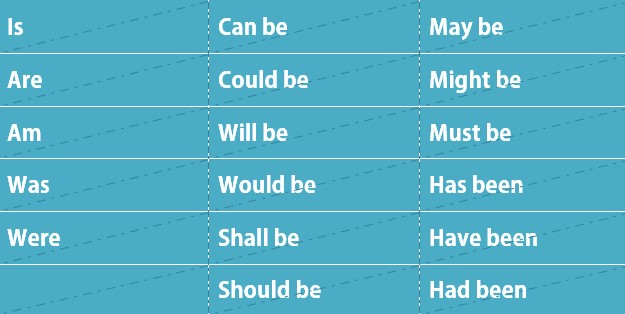Example Of Lingking Verb. They are called "linking" verbs because they link the subject of the sentence to a word or phrase in the predicate that renames or describes the subject (tells us more about the subject's "state of being"). Different uses of "be" include The most common linking verb is "is" (or the other forms of "be," such as am, are, was, or were) and the complement is the word or phrase that comes after the linking verb and describes the subject.

Linking words help you to connect ideas and sentences when you speak or write English.
We can use linking words to give examples, add information, summarise, sequence information, give a reason or result, or to contrast ideas.
Linking verbs are called copulative verbs or copulas. Linking verb definition: Linking verbs are a type of verb that connect the subject to a predicate adjective or predicate nominative. Some of the linking verbs have a little more acute verbal action than the be equations: Everything became a mist. (C.
/getty_dynamic_verbs-173337729-56af9a9c5f9b58b7d01af799.jpg)






